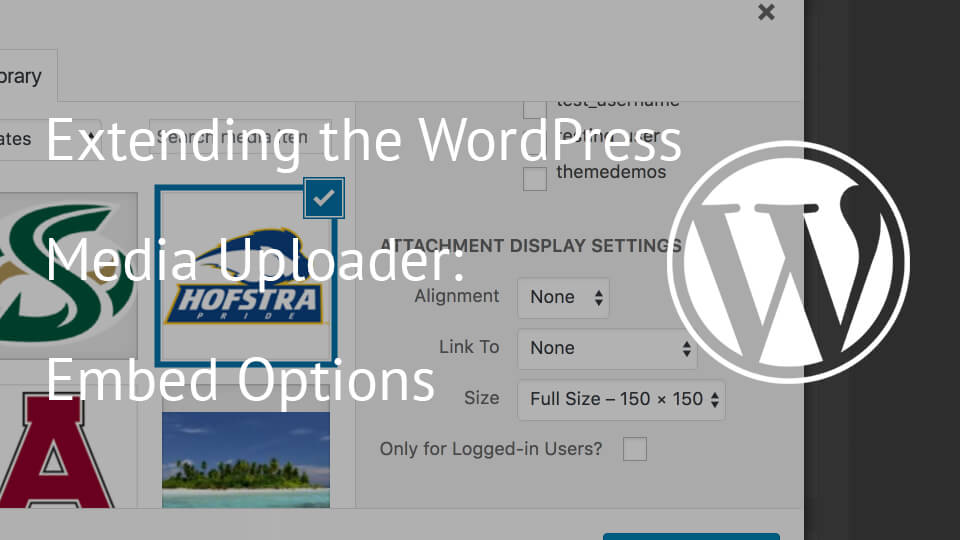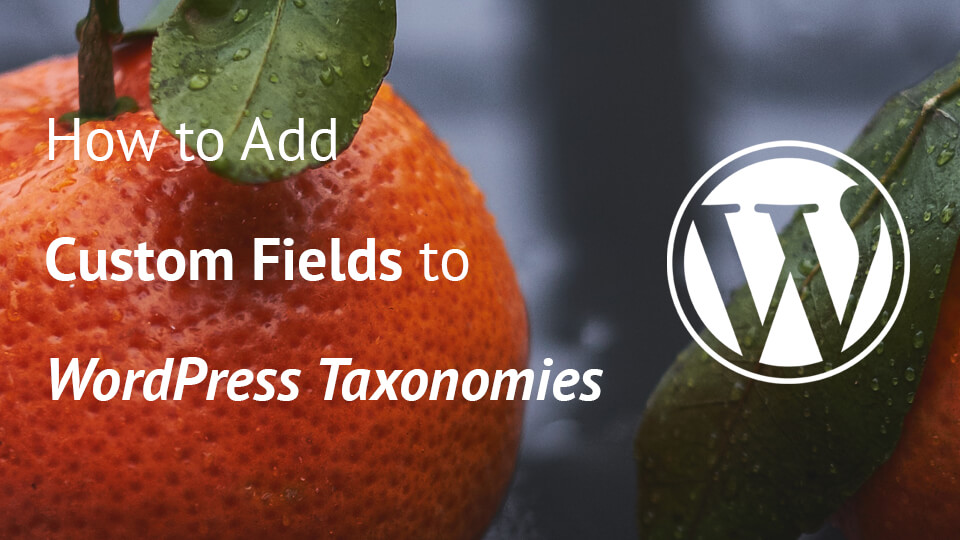In the previous tutorial, we have learned how to add a new embed option. In this tutorial, we will learn how to manipulate the HTML that the WordPress Editor will receive. When sending a normal image, the Editor will get a simple HTML for the image. If we check our embed option, we will need to send the image HTML wrapped in our shortcode.




